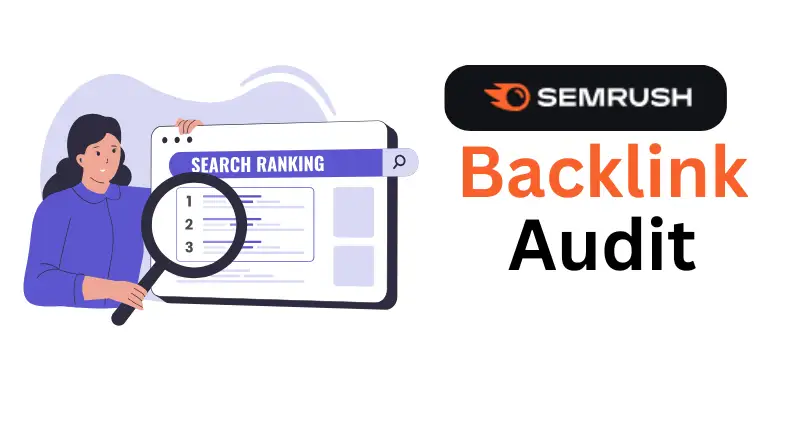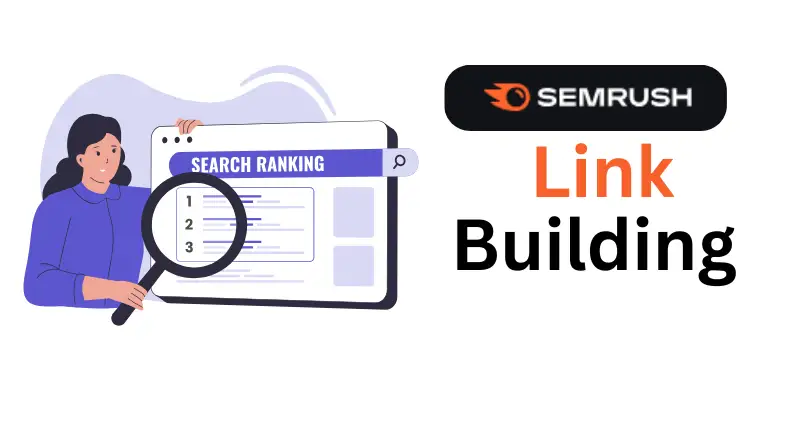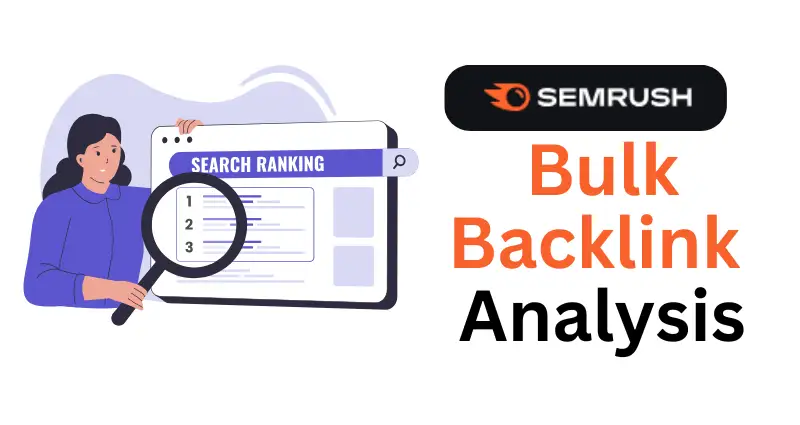AI tools harness the power of machine learning and natural language processing (NLP) to create, refine, and customize content, making the whole process faster and more scalable.
Finding innovative ways to streamline production is essential. Utilizing AI for content production offers a powerful solution that can enhance creativity and efficiency.
While the idea of integrating AI may seem overwhelming at first, it can simplify your workflow and unlock new possibilities.
In this guide, we’ll explore practical strategies and tools to help you harness the full potential of AI in your content production process.

Setting Up Your AI Content Production Workflow
Step 1: Define Your Content Goals
Before diving into AI tools, clarify what you aim to achieve with your content. Common goals include:
- Increasing Website Traffic: Attract more visitors through SEO-optimized content.
- Engaging Your Audience: Create compelling content that resonates and encourages interaction.
- Generating Leads: Use content to capture potential customer information.
- Establishing Authority: Position your brand as an industry leader through informative and valuable content.
Actionable Tip: Write down your primary and secondary content goals. This clarity will guide your content strategy and tool selection.
Step 2: Conduct Keyword Research
Keyword research is essential for ensuring your content aligns with what your audience is searching for. Tools like Ahrefs, SEMrush, or Google Keyword Planner can help identify relevant keywords.
How to Do It:
- Identify Primary Keywords: Start with your main topic, e.g., “Utilize AI for Content Production.”
- Find Long-Tail Variations: Look for more specific phrases like “AI tools for content creation” or “benefits of AI in marketing.”
- Analyze Competitiveness: Use tools to assess the difficulty of ranking for each keyword.
- Select Target Keywords: Choose a mix of high-volume and low-competition keywords to target.
Actionable Tip: Create a spreadsheet to organize your keywords, including search volume, competition, and relevance to your content goals.
Step 3: Plan Your Content Structure
A well-structured outline ensures your content is comprehensive and easy to follow. Break down your article into clear sections that cover different aspects of the topic.
Suggested Structure:
- Introduction: Briefly introduce AI in content production.
- Benefits of AI in Content Production: Highlight key advantages.
- AI Tools for Content Creation: Review popular tools.
- Implementing AI in Your Workflow: Step-by-step guide.
- Case Studies: Real-world examples of AI in action.
- Challenges and Solutions: Address potential obstacles.
- Future Trends: Discuss the evolving role of AI.
- Conclusion: Summarize key points and call to action.
Actionable Tip: Use mind-mapping tools like MindMeister or XMind to visually organize your content structure.
Content Creation with AI Tools
Step 4: Generate Content Ideas
AI can help brainstorm content topics that resonate with your audience. Tools like AnswerThePublic and BuzzSumo analyze search queries and trending topics to suggest relevant ideas.
How to Use Them:
- AnswerThePublic: Enter your primary keyword to see common questions and topics related to it.
- BuzzSumo: Search your keyword to find the most shared content, giving insights into what works.
Actionable Tip: Compile a list of 10-15 content ideas and prioritize them based on relevance and potential impact.
Step 5: Drafting Content Using AI
Once you have your ideas, AI writing assistants like OpenAI’s GPT-4, Jasper.ai, or Copy.ai can help draft your content.
How to Use GPT-4:
- Set Up: Access GPT-4 through platforms like OpenAI or integrated tools like ChatGPT Plus.
- Provide Clear Prompts: For example, “Write an introduction about the benefits of using AI in content production.”
- Generate Drafts: Review and refine the AI-generated text to match your tone and style.
How to Use Jasper.ai:
- Choose a Template: Select from blog post, article, or marketing copy templates.
- Input Details: Provide your topic, keywords, and any specific instructions.
- Generate Content: Jasper will create a draft that you can edit and customize.
Actionable Tip: Always review and edit AI-generated content to ensure accuracy, coherence, and alignment with your brand voice.
Step 6: Enhancing Content Quality
AI tools can further enhance your content by improving readability, grammar, and SEO optimization.
Tools to Use:
- Grammarly or ProWritingAid: Check for grammatical errors, improve sentence structure, and enhance readability.
- Surfer SEO: Analyze your content against top-ranking pages and optimize keyword usage, headings, and overall structure.
- MarketMuse: Identify content gaps and suggest areas for improvement to ensure comprehensive coverage of the topic.
Actionable Tip: Run your draft through these tools iteratively, making adjustments based on their feedback to polish your content to perfection.
Optimizing Content for SEO
Step 7: On-Page SEO Optimization
Optimizing your content for search engines is crucial for ranking higher. Focus on the following elements:
Title Tag: Incorporate your primary keyword naturally.
Example: “How to Utilize AI for Content Production: A Step-by-Step Guide”
Meta Description: Write a compelling summary that includes the primary keyword and encourages clicks.
Example: “Discover how to utilize AI for content production with our comprehensive guide. Learn about top AI tools, strategies, and tips to enhance your content creation process.”
Headers (H1, H2, H3): Use headers to organize content and include keywords where appropriate.
Keyword Density: Maintain a natural flow, ensuring keywords appear organically without overstuffing.
Internal and External Links: Link to related content on your site and authoritative external sources to build credibility.
Actionable Tip: Use Yoast SEO or Rank Math if you’re using WordPress to streamline on-page SEO optimization.
Step 8: Visual and Multimedia Integration
Enhancing your content with visuals and multimedia can improve engagement and SEO performance.
Tools to Use:
- Canva: Create custom graphics, infographics, and social media images.
- DALL·E: Generate unique images based on text prompts for more tailored visuals.
- Pictory or Lumen5: Convert your articles into engaging videos to reach a broader audience.
How to Integrate:
- Add Relevant Images: Use visuals to illustrate key points and break up text.
- Create Infographics: Summarize data and complex information visually.
- Embed Videos: Enhance your content with explanatory or supplementary videos.
Actionable Tip: Ensure all images have descriptive alt text with relevant keywords to improve SEO and accessibility.
Publishing and Promoting Your Content
Step 9: Content Publication
Once your content is polished and optimized, it’s time to publish it on your platform, typically your blog or website.
Steps to Publish:
- Choose the Right Platform: Ensure your website is optimized for SEO and user experience.
- Format for Readability: Use short paragraphs, bullet points, and ample headings to make content easy to scan.
- Add Call-to-Actions (CTAs): Encourage readers to take desired actions, such as subscribing to a newsletter or downloading a resource.
Actionable Tip: Preview your content on different devices to ensure it’s mobile-friendly and visually appealing across all screen sizes.
Step 10: Promoting Through Multiple Channels
Effective promotion amplifies your content’s reach and drives traffic.
Promotion Channels:
- Social Media: Share your content on platforms like LinkedIn, Twitter, Facebook, and Instagram using scheduling tools like Buffer or Hootsuite.
- Email Marketing: Send newsletters to your subscriber list highlighting your new content using tools like Mailchimp or ConvertKit.
- Online Communities: Participate in forums like Reddit, Quora, and industry-specific groups to share your content where relevant.
- Influencer Outreach: Collaborate with influencers in your niche to promote your content to their audience.
How to Promote Effectively:
- Tailor Your Message: Customize your promotional messages for each platform to resonate with the specific audience.
- Use Visuals: Accompany your promotions with eye-catching images or snippets from your content.
- Engage with Your Audience: Respond to comments, answer questions, and encourage discussions to build relationships and trust.
Actionable Tip: Create a promotion schedule to systematically share your content across different channels over a set period, maximizing visibility and engagement.
Monitoring and Refining Your Strategy
Step 11: Track Performance Metrics
Monitoring your content’s performance helps you understand what works and what needs improvement.
Key Metrics to Track:
- Organic Traffic: Use Google Analytics to monitor the number of visitors coming from search engines.
- Engagement Metrics: Track bounce rate, average session duration, and pages per session to gauge how users interact with your content.
- Conversion Rates: Measure how effectively your content drives desired actions, such as form submissions or purchases.
- Social Shares and Comments: Assess how your content is being received and shared on social platforms.
- Backlinks: Use tools like Ahrefs or Moz to track the number and quality of backlinks your content is attracting.
Actionable Tip: Set up Google Analytics goals and use Google Search Console to monitor search performance and identify any indexing issues.
Step 12: Continuous Improvement
Content production is an ongoing process. Continuously refine your strategy based on performance data and evolving trends.
Steps for Continuous Improvement:
- Analyze Data Regularly: Review your performance metrics monthly to identify patterns and insights.
- Update and Refresh Content: Keep your content relevant by updating outdated information, adding new insights, and improving sections that underperform.
- Experiment with Formats: Try different content formats like podcasts, webinars, or interactive content to see what resonates best with your audience.
- Seek Feedback: Encourage readers to provide feedback and use their input to enhance your content quality and relevance.
Actionable Tip: Create a content calendar that includes regular updates and new content ideas based on your performance analysis and audience feedback.
FAQs about utilizing AI for content production
1. What is AI content production?
AI content production involves using artificial intelligence tools to assist with tasks like brainstorming, drafting, editing, and optimizing content, making the process faster and more efficient.
2. Which AI tools are best for content creation?
Popular tools include Jasper.ai and OpenAI’s GPT-4 for writing, Grammarly for editing, Surfer SEO for optimization, and Canva for visuals.
3. How can AI help with SEO in content production?
AI tools like Surfer SEO and MarketMuse analyze keywords, optimize on-page SEO, and suggest improvements to help content rank better on search engines.
4. Do I still need to edit AI-generated content?
Yes, it’s important to review and edit AI-generated content to ensure accuracy, maintain brand voice, and provide a human touch.
5. Is AI suitable for all types of content?
AI is great for blog posts, social media content, and emails, but more creative content may still require human input to achieve the desired style and depth.
Conclusion
Utilizing AI for content production offers a strategic advantage, enabling you to create high-quality, optimized content efficiently and at scale.
By following this step-by-step guide, beginners can seamlessly integrate AI tools into their content workflow, enhancing both the quality and reach of their content.
Remember, the key to success lies in combining AI’s capabilities with human creativity and oversight, ensuring your content remains authentic, engaging, and valuable to your audience.
Embrace AI as a powerful ally in your content production journey, and watch your digital presence thrive.
Final Tips/ Final Conclusion
- Start Small: Begin by integrating one or two AI tools into your workflow before expanding.
- Stay Updated: AI technology evolves rapidly. Keep abreast of new tools and updates to maintain a competitive edge.
- Maintain Quality Control: Always review and edit AI-generated content to ensure it meets your standards and accurately represents your brand.
- Engage with Your Audience: Foster a community by encouraging interactions and responding to feedback, enhancing the effectiveness of your content strategy.






